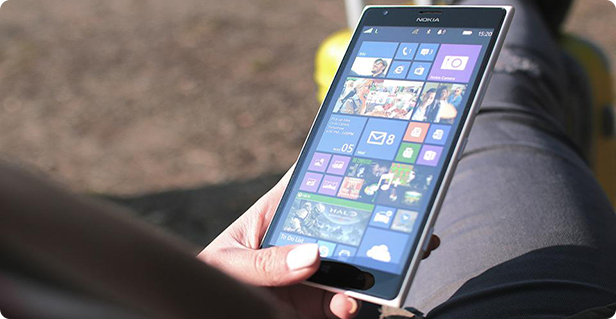
With the ever-growing number of mobile-oriented consumers, sending text messages to customers who have signed up to receive them can be an extremely effective tool to drive sales, build brand loyalty and broaden a customer base. Marketing managers can create an excellently worded, perfectly timed text message containing an SMS offer which is extremely enticing to its recipients, however, if the journey the user has to then take after deciding to initiate the call to action is a long winded or complex one, the SMS campaign can be a complete waste of time. It is therefore vital that mobile marketers also take care to ensure that aspects of their messages such as website links, payment pages and offer redemptions are simple and straightforward for the consumer to use.
Keep it short but informative
Firstly, marketers need to strive to keep their message as short and to the point as possible. They have a mere 160 characters to captivate their subscribers in the text message itself, however, including a link within the SMS can allow them to deliver a lot more information via the text. In order to encourage people to act upon the message businesses should include a clear call to action in the message, for example: “Click to claim a 25% discount code”. Users could even be persuaded to click the link further by reassurance that the site is mobile friendly, so the code can be redeemed there and then: “Click to claim a 25% discount code NOW on our mobile site”.
Marketers can also save those precious characters when including their links in SMS messages too. Rather than include http:// at the beginning of a link, marketers should aim to use www. as phones today have the ability to detect a link in a message and make it ‘clickable’. Therefore, if an SMS marketing campaign needs a few extra characters freeing up in their messages it is best they use www when including links in their texts.
Reward trust from the customer with professional content

Mobile marketers also need to be aware of the personal level of communication behind texting. Unlike email addresses, consumers are much less willing to give out their mobile numbers, therefore having access to them is a privilege for businesses. Most of us view texting as a way to contact those closest to us instantly. Therefore, in order for any marketing campaign to be successful, it is crucial that the consumer trusts the SMS and its contents, as if they don’t, they will undoubtedly unsubscribe. Businesses should therefore ensure they set the Sender ID when delivering an SMS to their subscribers, in order to re-assure them of who is being the message. They should also keep a level of professionally to the message, keeping use of text language to a minimum in order to keep the contents and purpose of the message as clear as possible and reduce the probability of the text being viewed as SPAM.
Though not everyone owns a smartphone, Ofcom stated that in Q1 of 2015 66% of UK adults were in possession of one. Therefore a lot of marketers aim to cater for this group of people, however, a lot of feature phones can connect to the internet so businesses should also ensure users of such phones can view their mobile landing page. Though it may sound obvious to many, marketers should also ensure that when the link contained in an SMS is clicked, the site which pops open must be optimised for mobile users. Ideally, it should work on smart and feature phones alike, loading quickly and effectively. Such mobile sites shouldn’t include large quantities of pictures as these can take a lot of time and data to load. The landing page should also have a level of organisation, with clear sections such as ‘Opening Hours’, ‘Offers and Discounts’, ‘Contact Us’, etc. It should include clear call to action buttons such as ‘Claim’, or ‘Subscribe’. Furthermore, any information included within the site should be precise, rather than the user suddenly feeling bombarded upon clicking the link.

